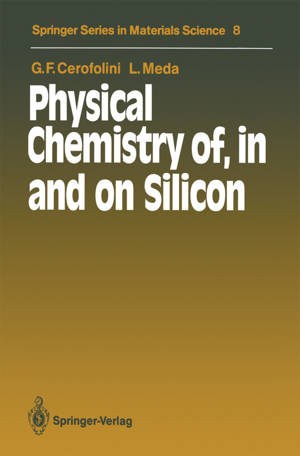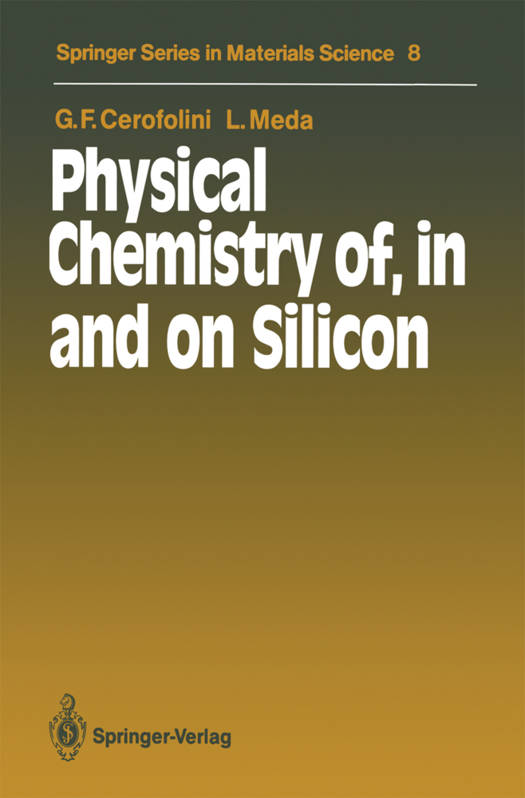
Bedankt voor het vertrouwen het afgelopen jaar! Om jou te bedanken bieden we GRATIS verzending (in België) aan op alles gedurende de hele maand januari.
- Afhalen na 1 uur in een winkel met voorraad
- In januari gratis thuislevering in België
- Ruim aanbod met 7 miljoen producten
Bedankt voor het vertrouwen het afgelopen jaar! Om jou te bedanken bieden we GRATIS verzending (in België) aan op alles gedurende de hele maand januari.
- Afhalen na 1 uur in een winkel met voorraad
- In januari gratis thuislevering in België
- Ruim aanbod met 7 miljoen producten
Zoeken
Omschrijving
The aim of this book is twofold: it is intended for use as a textbook for a ourse on electronic materials (indeed, it stems from a series of lectures on this topic delivered at Milan Polytechnic and at the universities of Modena and Parma), and as an up-to-date review for scientists working in the field:: >f silicon processing. Although a number of works on silicon are already available, the vast amount of existing and new data on silicon properties are nowhere adequately summarized in a single comprehensive report. The present volume is intended to fill this gap. Most of the examples dealt with are taken from the authors' every- day experience, this choice being dictated merely by their greater knowl- edge of these areas. Certain aspects of the physics of silicon have not been included; this is either because they have been treated in standard textbooks (e.g. the inhomogeneously doped semiconductor and the chem- istry of isotropic or preferential aqueous etching of silicon), or because they are still in a rapidly evolving phase (e.g. silicon band-gap engineering, generation-recombination phenomena, cryogenic properties and the chem- istry of plasma etching). In line with the standard practice in microelectronics, CGS units will be used for mechanical and thermal quantities, and SI units for electrical quan- tities. All atomic energies will be given in electronvolts and the angstrom will be the unit of length used for atomic phenomena.
Specificaties
Betrokkenen
- Auteur(s):
- Uitgeverij:
Inhoud
- Aantal bladzijden:
- 122
- Taal:
- Engels
- Reeks:
- Reeksnummer:
- nr. 8
Eigenschappen
- Productcode (EAN):
- 9783642735066
- Verschijningsdatum:
- 16/12/2011
- Uitvoering:
- Paperback
- Formaat:
- Trade paperback (VS)
- Afmetingen:
- 156 mm x 234 mm
- Gewicht:
- 204 g

Alleen bij Standaard Boekhandel
+ 162 punten op je klantenkaart van Standaard Boekhandel
Beoordelingen
We publiceren alleen reviews die voldoen aan de voorwaarden voor reviews. Bekijk onze voorwaarden voor reviews.









